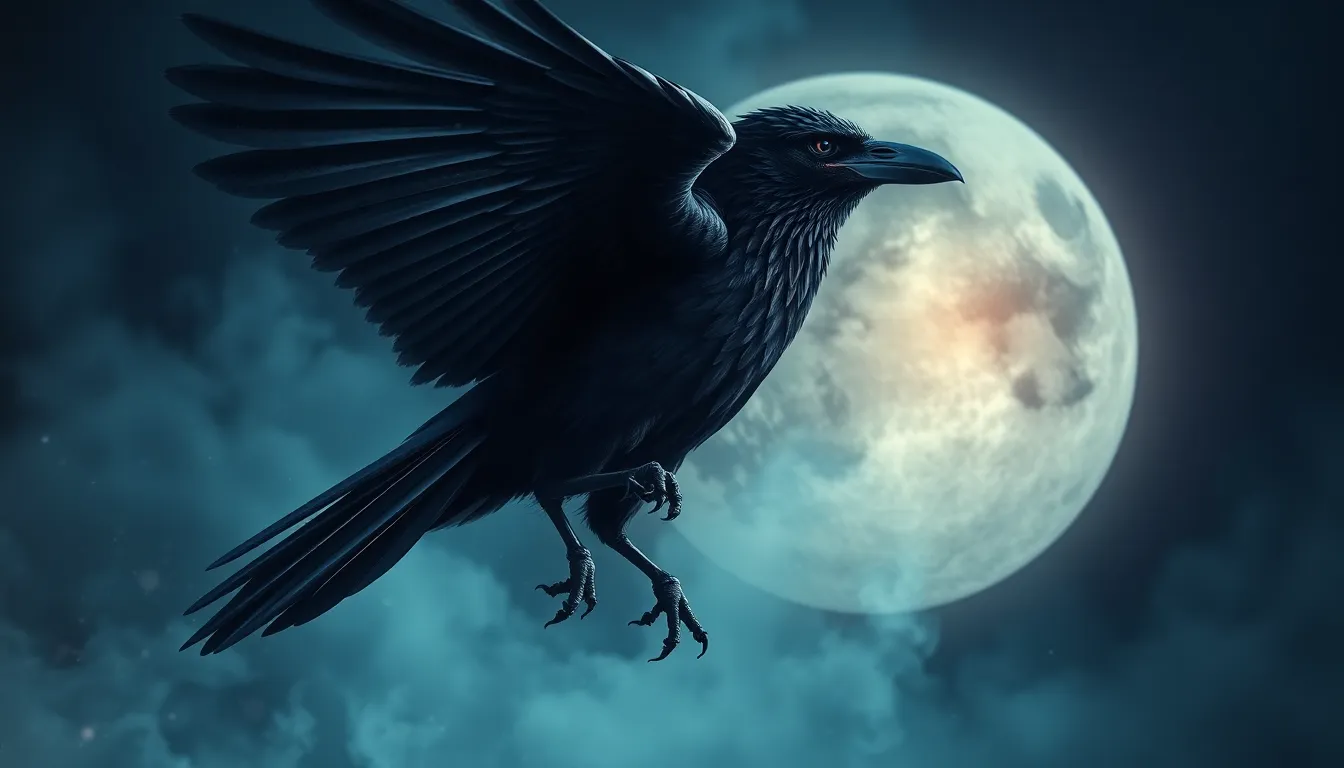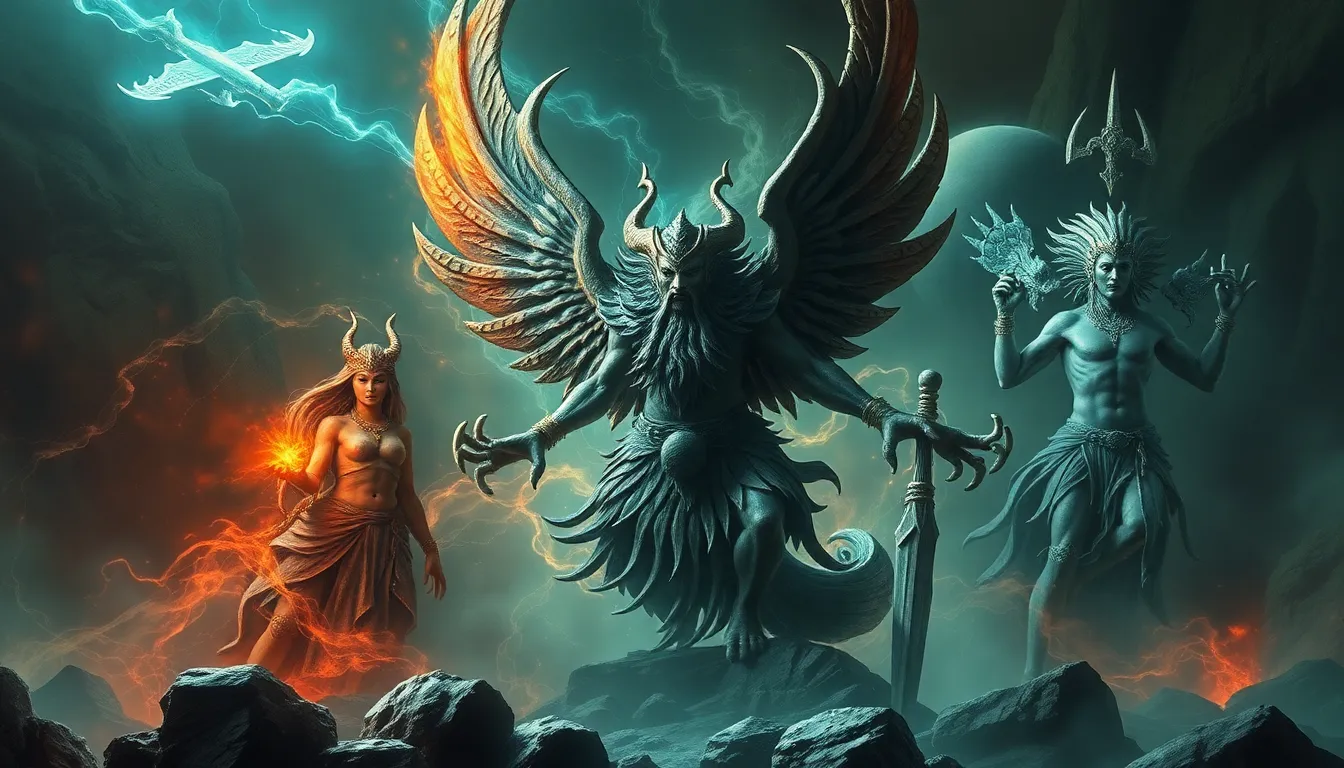The Myth of the Kudan: The Prophecy Beast in Japanese Folklore
I. Introduction
In the tapestry of Japanese folklore, the Kudan stands as an enigmatic figure, its legend intertwined with prophecy and ancient beliefs. This mythical beast captures the imagination of generations, inspiring awe and trepidation in equal measure. In this comprehensive article, we delve into the rich history and cultural significance of the Kudan, exploring its origins, physical characteristics, prophecies, and impact on Japanese society.
II. Origins of the Myth
The origins of the Kudan myth are shrouded in mystery and lost to the annals of time. Some speculate that its roots lie in ancient animalistic deities, while others trace its lineage to mythological deities from neighboring cultures. Legends abound about how the Kudan came into existence, some attributing its birth to a celestial being, while others whisper of a dark and sinister origin.
III. Physical Characteristics
In Japanese folklore, the Kudan is often described as a colossal creature with a fearsome appearance. Its body is covered in thick, impenetrable scales, and its sharp claws and jagged teeth strike terror into the hearts of those who behold it. The Kudan’s most peculiar feature is its single, glowing red eye, said to possess the power to pierce through deception and reveal hidden truths.
IV. Prophecies Associated with the Kudan
The Kudan is believed to possess the extraordinary ability to foretell significant events, both great and small. Its prophecies are said to manifest in various forms, including visions, dreams, and omens. The Kudan’s predictions are often cryptic and challenging to interpret, requiring deep wisdom and intuition to decipher their true meaning. Some believe that the Kudan’s prophecies are inevitable, while others believe that they can be averted through human action.
V. Cultural Significance
The Kudan holds a profound cultural significance in Japanese society. It is revered as a harbinger of both fortune and misfortune, and its appearance is often met with a mix of awe and apprehension. The Kudan is featured in numerous traditional festivals and ceremonies, where it is honored and appeased through offerings and rituals. Its image can be found in various forms of Japanese art, literature, and theater, reflecting its enduring presence in the collective consciousness.
VI. Rituals and Observations
Throughout history, various customs and traditions have emerged around the Kudan. When a Kudan is believed to have been sighted, specific rituals are performed to appease it and ward off any potential misfortune. These rituals may involve offerings of food, prayers, or the burning of incense. Additionally, certain practices are observed to protect individuals from encounters with the Kudan, such as carrying protective amulets or avoiding certain areas during特定ed times.
VII. Variants of the Kudan
The myth of the Kudan has evolved over time, resulting in regional variations in its appearance, abilities, and prophecies. In some regions, the Kudan is depicted as a benevolent creature, while in others, it is associated with malevolence and destruction. These variations reflect the diverse cultural beliefs and interpretations that have shaped the myth over the centuries.
VIII. Modern Interpretations
In contemporary times, the Kudan myth continues to inspire fascination and interpretation. Some scholars view the Kudan as a symbol of natural phenomena, such as earthquakes or tsunamis, while others see it as a metaphor for the unpredictable nature of life itself. Psychologists have also explored the myth’s psychological implications, suggesting that the Kudan may represent our own fears and anxieties about the unknown.
IX. Influence on Popular Culture
The Kudan has permeated various aspects of Japanese popular culture, including anime, manga, and video games. It has served as inspiration for countless fictional stories and characters, adding an element of mystery and intrigue to these works. Adaptations and retellings of the Kudan myth often incorporate contemporary themes and aesthetics, ensuring its continued relevance in modern society.
X. Conclusion
The myth of the Kudan is a rich and multifaceted tapestry woven into the fabric of Japanese folklore. Its enduring presence is a testament to the power of stories to captivate and shape our understanding of the world around us. Through its enigmatic prophecies, formidable appearance, and cultural significance, the Kudan continues to intrigue and inspire generations, reminding us of the enduring power of myth and the unpredictable nature of our destiny.
FAQ
- What is the origin of the Kudan myth?
The origins of the Kudan myth are shrouded in mystery and lost to time, with various theories suggesting its roots in ancient deities or mythological creatures. - What are the physical characteristics of the Kudan?
The Kudan is often depicted as a colossal creature with impenetrable scales, sharp claws, jagged teeth, and a single glowing red eye. - Is the Kudan a benevolent or malevolent creature?
The nature of the Kudan varies depending on regional interpretations, with some depicting it as benevolent while others associate it with misfortune and destruction. - What are the rituals and observations associated with the Kudan?
When a Kudan is believed to have been sighted, specific rituals are performed to appease it and ward off misfortune, such as offerings, prayers, or burning incense. - How has the Kudan influenced Japanese popular culture?
The Kudan has been a source of inspiration for countless anime, manga, and video games, adding an element of mystery and intrigue to these works.



